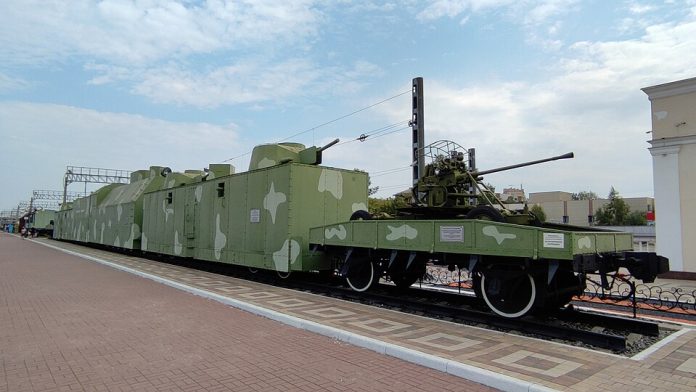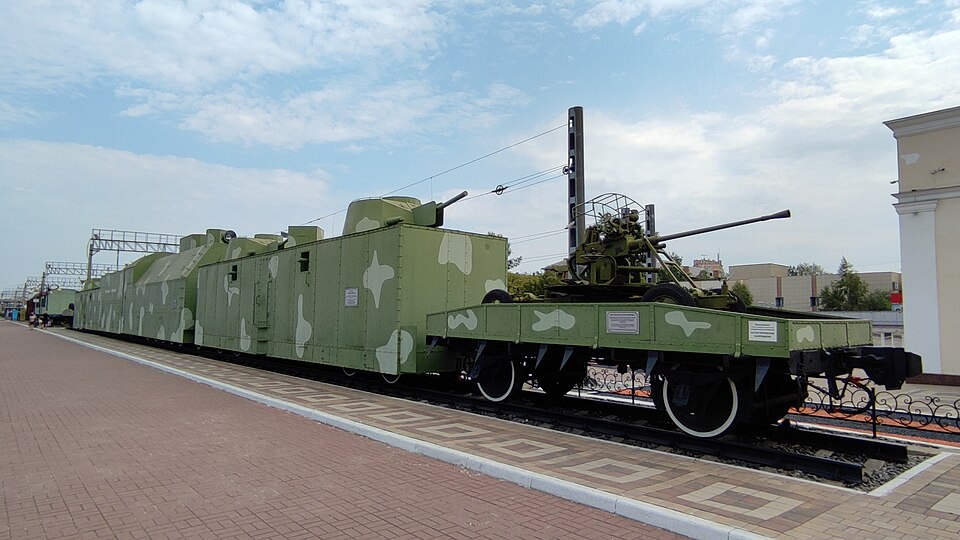
It started with the rumble of armoured trains and convoys of Russian arms and personnel rolling into Belarus, nominally to stage Zapad-2025. But for defence officials and policymakers, the dance of these movements is anything but routine; every move is a message, every deployment a possible precursor to escalation on NATO’s doorstep.

1. The Arrival: Troops, Trains, and Tensions
On August 6, the Belarusian Defense Ministry officially reported the arrival of the first echelon of Russian troops and equipment, the curtain-raiser for Zapad-2025. The exercises, set for mid-September, are touted as a biennial ritual, but the circumstances are anything but routine. “Today, in a formal atmosphere, we greeted the first guests from the Armed Forces of the Russian Federation.”
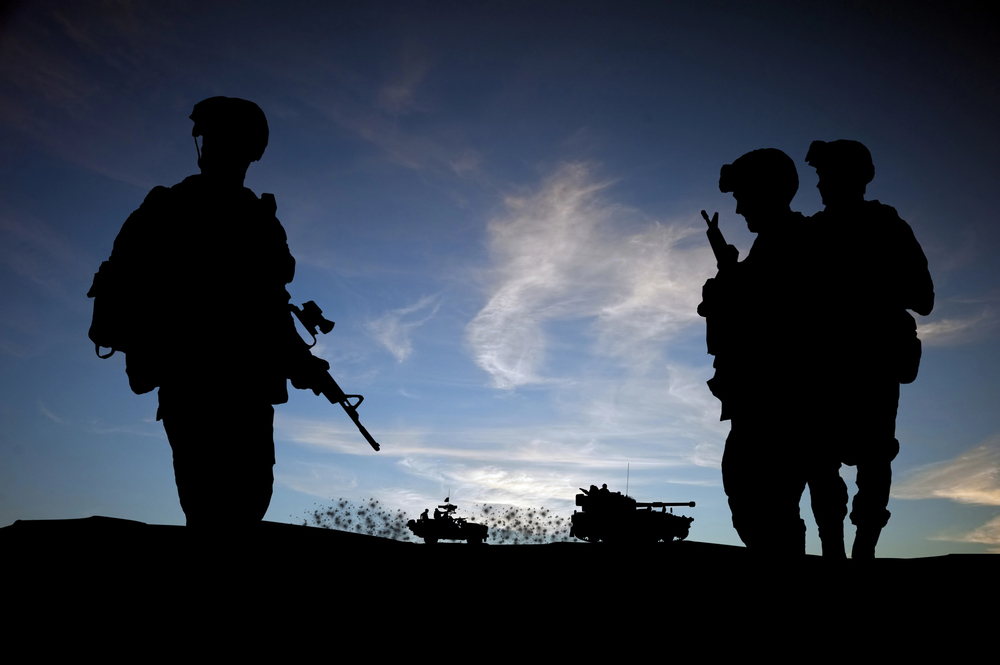
During the exercise, we intend to exercise fresh forms and methods of dispositions of ground forces units, grounded in the study of the recent modern military wars,” said Colonel Pavel Shebeko, Deputy Commander of the Northwestern Operational Command, according to official reports. The technical complexity of the incoming equipment, lighting from armored vehicles to sophisticated missile systems, emphasizes the gravity of the exercise.

2. Echoes of 2021: The Shadow of Invasion
For NATO and Ukraine, Zapad-2021 is a recent and chilling memory. That exercise, which was conducted only months before Russia’s all-out invasion of Ukraine, had Russian forces stay in Belarus and subsequently led to the attack on Kyiv. This sets the stage for present fears that Zapad-2025 might be a cover for fresh aggression, as well as chronicled by local analysts. “Kyiv and NATO have indicated their concern that Zapad-2025 might be a cover for resumed aggression, as Russia’s ongoing war against Ukraine continues and Belarus acts as an ongoing potential staging ground,” states a recent security analysis.

3. Numbers Game: Discrepancy and Deception
Official Belarusian reports assert “more than 13,000 participants” will be involved in the exercises. However, NATO estimates a force of as many as 150,000 soldiers, 15 divisions, is possible, much like the size of the 2021 exercise. Ukrainian President Volodymyr Zelensky cautioned, “Russia planned to deploy up to 150,000 troops, or 15 divisions, to Belarus in preparation for a potential military escalation.” This inconsistency is not merely theoretical; it is a calculated strategy. Through maintaining official levels below the 13,000 mark, Russia and Belarus prevent invoking Chapter VI of the OSCE Vienna Document, which would necessitate inviting foreign observers, as pointed out by security experts.
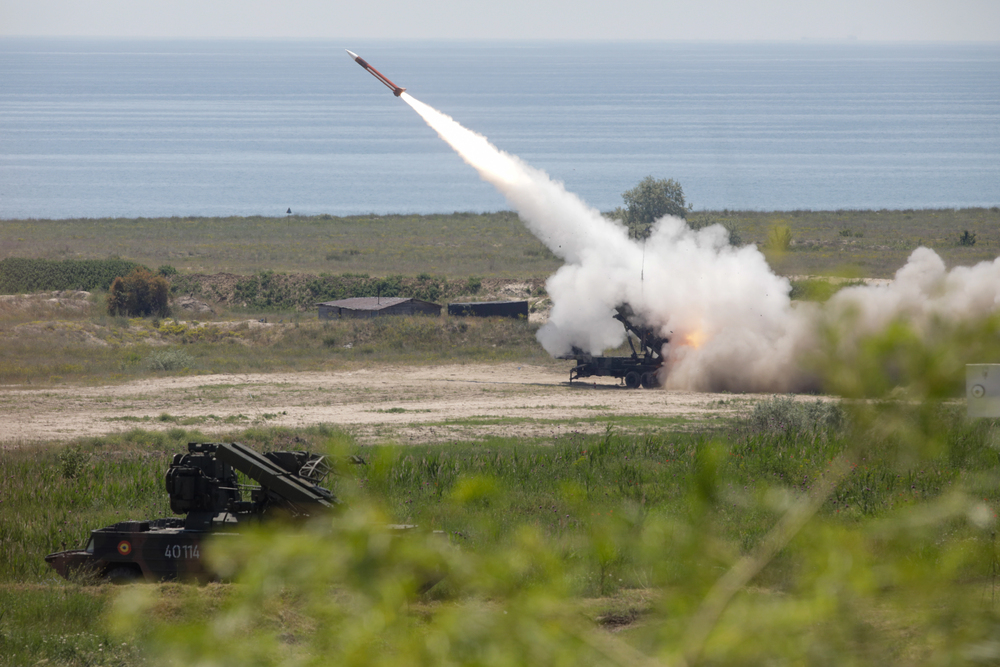
4. The Missile Dimension: Oreshnik and Iskander Systems
One of the most significant technical advancements is the intended deployment of Russia’s Oreshnik IRBMs and Iskander-M operational-tactical missile systems in Belarus. The Oreshnik system, capable of 6,000 kilometers of range, is a substantial increase in strike capacity, potentially targeting NATO missile defense installations in Poland and Romania. “Putin said that Russian and Belarusian experts are to find prospective Oreshnik deployment points by the end of 2025, and Lukashenko announced that Russia will deploy Oreshnik systems in Belarus in 2026,” official announcements on missile deployments report. The Iskander-M, currently deployed in Belarus, is being enhanced for extended-range operations and nuclear weapons, with new hangars and support facilities seen through satellite imagery.
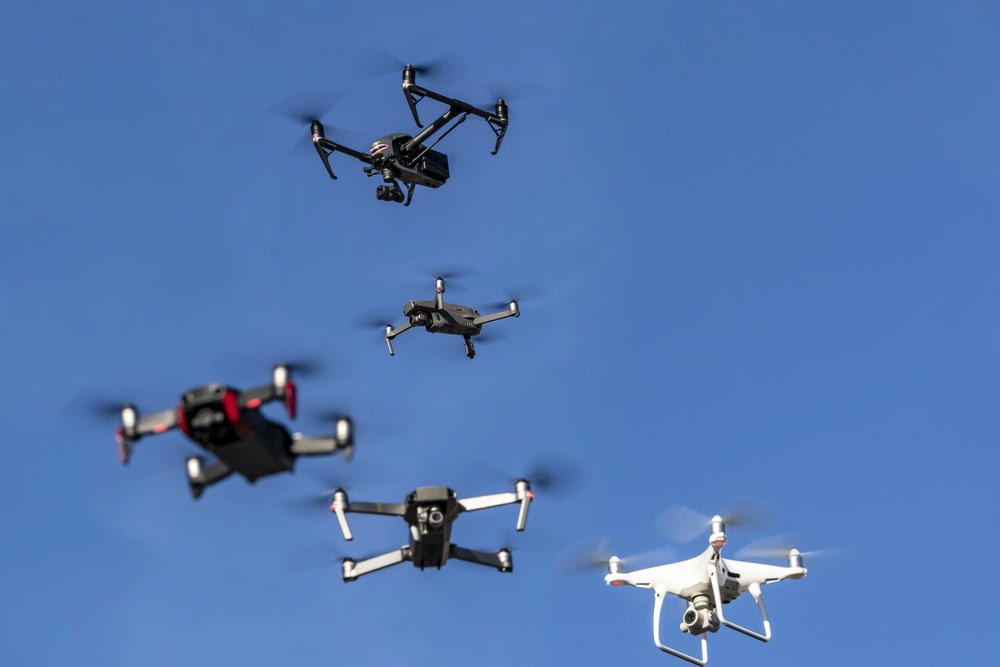
5. Drones and Electronic Warfare: The Hybrid Edge
Zapad-2025 isn’t just about layered armor and missile brigades. The exercise will likely push multi-domain force employment, combining drones, robots, and electronic warfare platforms. Recent drone intrusions into Baltic airspace, some intruding from Belarus into Lithuania, have been seen as hybrid incursions to challenge NATO’s air defense and command procedures by Baltic defense officials. Lithuania, for instance, is ramping up the installation of acoustic drone detection systems and mobile jamming units, investing €300 million by 2030 in counter-drone and EW capabilities. These technological advancements mirror the increasing importance of unmanned systems in both battlefield and psychological operations.

6. The Suwałki Corridor and Regional Security Calculus
For Poland and the Baltic States, the threat of a possible Russian advance through the Suwałki corridor, the thin land bridge connecting Belarus to the Russian exclave of Kaliningrad, is ever-present as a strategic nightmare. The closeness of Zapad-2025 to the region, combined with the concentration of Russian long-range missile troops and renovated airfields in Belarus, is an indicator of preparedness for scenarios of high-intensity conflict. “The Zapad series of exercises has for a long time been used by Russia to rehearse escalation with a cover of defense,” an expert on regional security observed in a recent commentary.

7. Information Warfare and Reflexive Control
Aside from equipment, Zapad-2025 is also a battlefield for information warfare. The Kremlin’s propaganda, boosted by Belarusian authorities, attempts to legitimize the movement of troops as defensive measures against NATO drills while at the same time projecting power and preparedness. The strategic vagueness about drill sites, first guaranteed away from the western border, now possibly returning, that way helps keep NATO on its toes and in the dark. “Considering the complicated military and political situation and that Belarus is always blamed for aggressive actions, we have made a decision and moved the locations of the event away from the borders.” But our Western partners started to speculate about this process,” claimed Belarusian Deputy Defense Minister Pavel Muraveika on the changing drill locations.

The simultaneous deployment of next-generation missiles, mixed drone operations, and large-scale troop movements in Zapad-2025 is not an exercise; it is a deliberate display of capability and will. To defense officials, the technical specifications of missile ranges, drone penetrations, and electronic warfare employment are not afterthoughts, but the very syntax of contemporary deterrence and escalation.
